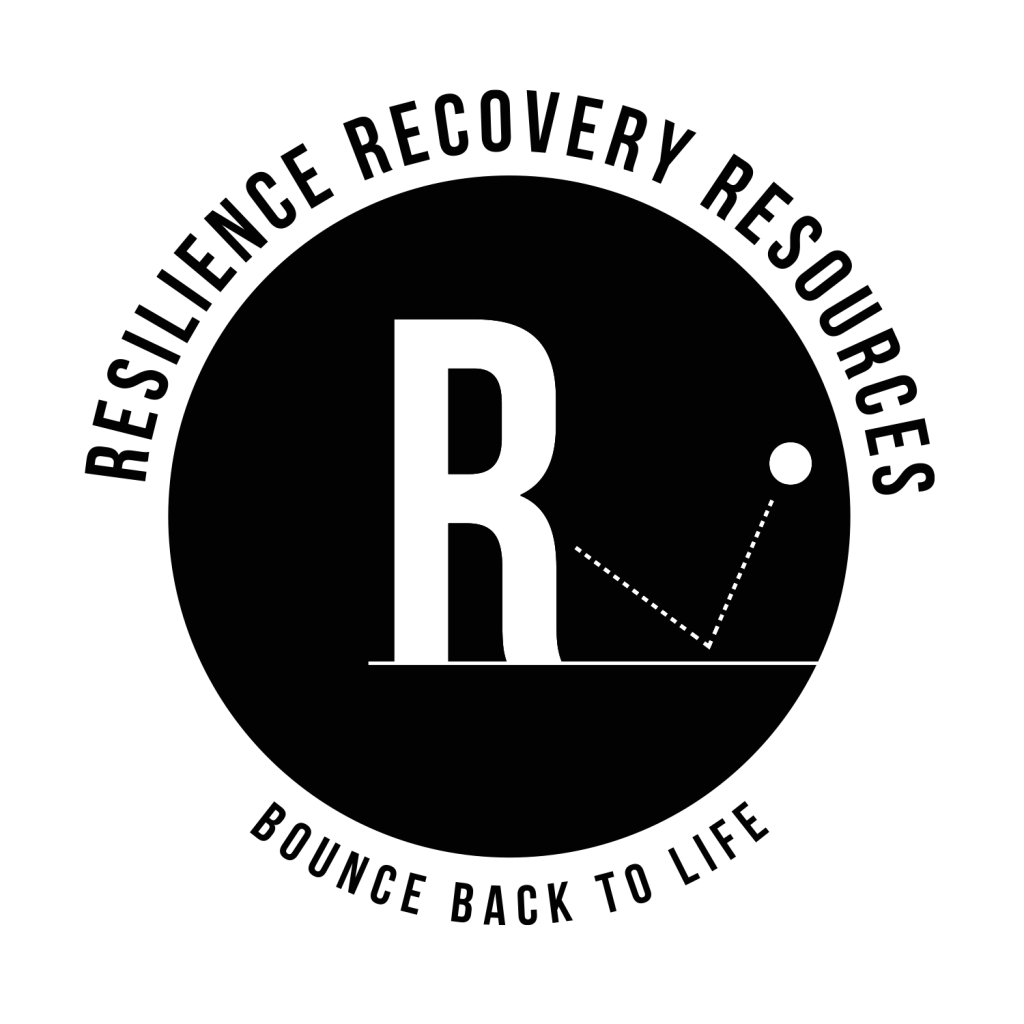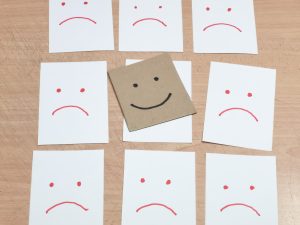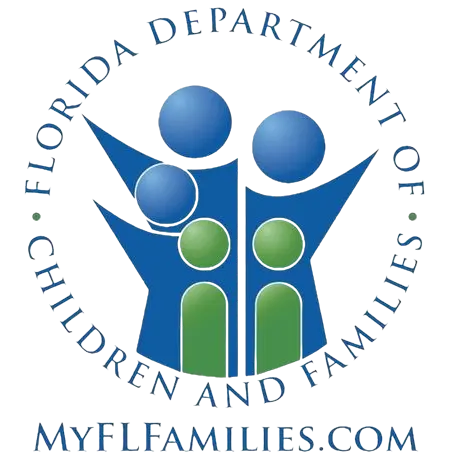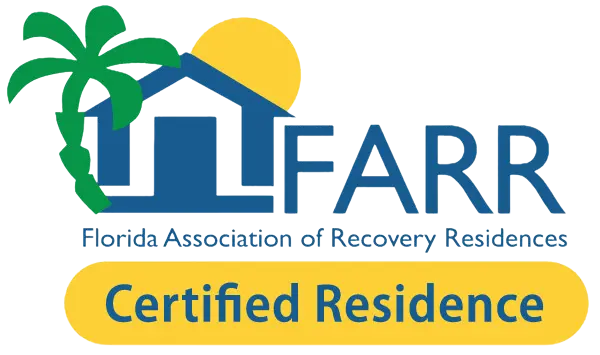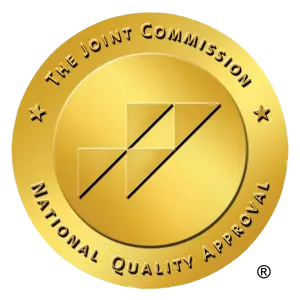Addiction is Not a Moral Problem: Understanding the Science Behind Substance Use Disorders
Let’s get one thing straight. Addiction is nothing to be ashamed of. To be a person with addiction does not make someone bad, immoral, broken, messed up, a liar, manipulative, or anything of the sort. Being a person with addiction is also not uncommon. According to the National Survey on Drug Use and Health, 19.7 Million Americans battled with Substance Use disorders in 2017 (SAMHSA, 2018). With so many afflicted by substance use disorders it is imperative to begin to bridge the gap between so many that leads to misunderstanding.
Is Addiction a Moral Failing? The Science Says No
The question “is addiction a moral failing” continues to perplex many families and individuals struggling with substance use disorders. The answer, backed by decades of scientific research, is a resounding no. Addiction is not a character flaw, a lack of willpower, or a moral deficiency. Instead, it’s a complex brain disorder that affects the brain’s reward, motivation, memory, and related circuitry.
The National Institute on Drug Abuse (NIDA) defines addiction as “a chronic, relapsing brain disease that is characterized by compulsive drug seeking and use, despite harmful consequences.” This medical understanding helps explain why willpower alone is rarely sufficient to overcome addiction and why professional substance abuse treatment is often necessary.
Is Addiction a Disease? Understanding the Medical Model
Research from the American Medical Association has recognized addiction as a disease since 1956. This classification is based on several key factors:
Brain Changes: Neuroimaging studies show that addiction causes measurable changes in brain structure and function, particularly in areas responsible for decision-making, impulse control, and reward processing.
Genetic Components: Studies indicate that genetics account for approximately 40-60% of addiction risk, similar to other chronic diseases like diabetes or heart disease.
Chronic Nature: Like other chronic diseases, addiction often involves cycles of relapse and remission, requiring ongoing management and treatment.
Environmental Factors: Social, psychological, and environmental influences contribute to addiction development, just as they do with other medical conditions.
The Harmful Effects of Stigma
A study researching the effects of stigma and social support in substance abuse found that stigma is associated with lower self-esteem, higher depression and anxiety, and poorer sleep. The same study produced findings that perceived social support followed the opposite pattern, and was associated with higher self-esteem, lower depression and anxiety, and better sleep (Birtel, Wood, & Kempac, 2017).
This research highlights why viewing addiction through a moral lens is not only inaccurate but actively harmful. When individuals struggling with addiction internalize shame and guilt, it can:
- Delay seeking treatment
- Increase isolation and depression
- Worsen co-occurring mental health disorders
- Interfere with recovery progress
Breaking Down Barriers to Treatment
Understanding that addiction is a brain disorder rather than a moral failing helps break down barriers to treatment. At Resilience Recovery Resources, we approach addiction treatment with compassion and scientific understanding, recognizing that recovery requires comprehensive medical and therapeutic support.
Our evidence-based treatment programs include:
- Partial Hospitalization Programs (PHP) for intensive structured care
- Intensive Outpatient Programs (IOP) for flexible treatment options
- Trauma treatment to address underlying issues
- Depression treatment for co-occurring conditions
The Power of Community in Recovery
One common theme for those who are suffering is the belief that they are alone. There are many out there who have overcome their addictions and one thing we know for certain is that Recovery is almost never done alone. Humans are wired biologically to be connected to one another. Interdependence and reliance on our fellow man is something that has allowed the human race to make it this far, overcoming harsh conditions and incredible adversity.
Feeling love and connection are essential human needs and are necessary for healing and transformation. The Resilience Team strives to create an atmosphere of safety, compassion, patience, and understanding, in order to create a space vital to the growth of our residents.
Research from the Substance Abuse and Mental Health Services Administration (SAMHSA) emphasizes that recovery is supported by four key dimensions:
- Health: Overcoming or managing disease and living in a physically and emotionally healthy way
- Home: Having a stable and safe place to live
- Purpose: Engaging in meaningful daily activities and having independence, income, and resources
- Community: Having relationships and social networks that provide support and hope
Evidence-Based Treatment Approaches
Modern addiction treatment relies on scientific evidence rather than moral judgment. Effective treatment approaches include:
Cognitive Behavioral Therapy (CBT): Helps individuals identify and change negative thought patterns and behaviors related to substance use.
Medication-Assisted Treatment (MAT): Uses FDA-approved medications to treat certain substance use disorders, particularly opioid addiction.
Group Therapy: Provides peer support and reduces isolation through shared experiences.
Family Therapy: Addresses family dynamics and helps loved ones understand addiction as a disease.
Creating a Supportive Environment
At Resilience Recovery Resources, we understand that addiction doesn’t happen in a vacuum; neither does recovery. Our model of recovery supports our residents in creating a community, where we are blessed to recover together and to support each other on our journeys.
Accountability groups, peer-to-peer support, Recovery Coaching, and Case Management are just some of the many elements that encourage and incorporate community, as well as foster an environment conducive to healing. Our sober living programs provide additional support for those transitioning back to independent living.
The Role of Families and Communities
Families and communities play a crucial role in supporting recovery by:
- Educating themselves about addiction as a disease
- Providing emotional support without enabling harmful behaviors
- Encouraging professional treatment
- Participating in family therapy when appropriate
- Advocating for evidence-based treatment policies
Moving Forward: A Message of Hope
Recovery is possible. When we understand addiction as a brain disorder rather than a moral failing, we can approach treatment with the same compassion and scientific rigor we apply to other medical conditions. This perspective not only reduces harmful stigma but also opens doors to effective, evidence-based treatment approaches.
If you or a loved one is struggling with addiction, remember that seeking help is a sign of strength, not weakness. Professional treatment can provide the tools and support necessary for lasting recovery.
At Resilience Recovery Resources in West Palm Beach, we specialize in addiction treatment for young adults and adolescents. Our comprehensive programs address both the medical and psychological aspects of addiction, helping individuals build the foundation for lasting recovery.
For more information about our treatment programs or to speak with one of our specialists, call us at 561-566-5480. Recovery starts with understanding, and understanding starts with recognizing that addiction is not a moral problem – it’s a treatable medical condition.
Sources:
- Substance Abuse and Mental Health Services Administration. (2018). National Survey on Drug Use and Health
- Birtel, M. D., Wood, L., & Kempac, N. (2017). Stigma and social support in substance abuse
- National Institute on Drug Abuse. (2020). Drugs, Brains, and Behavior: The Science of Addiction
- American Medical Association. (2020). Why addiction is a disease, not a moral failing
